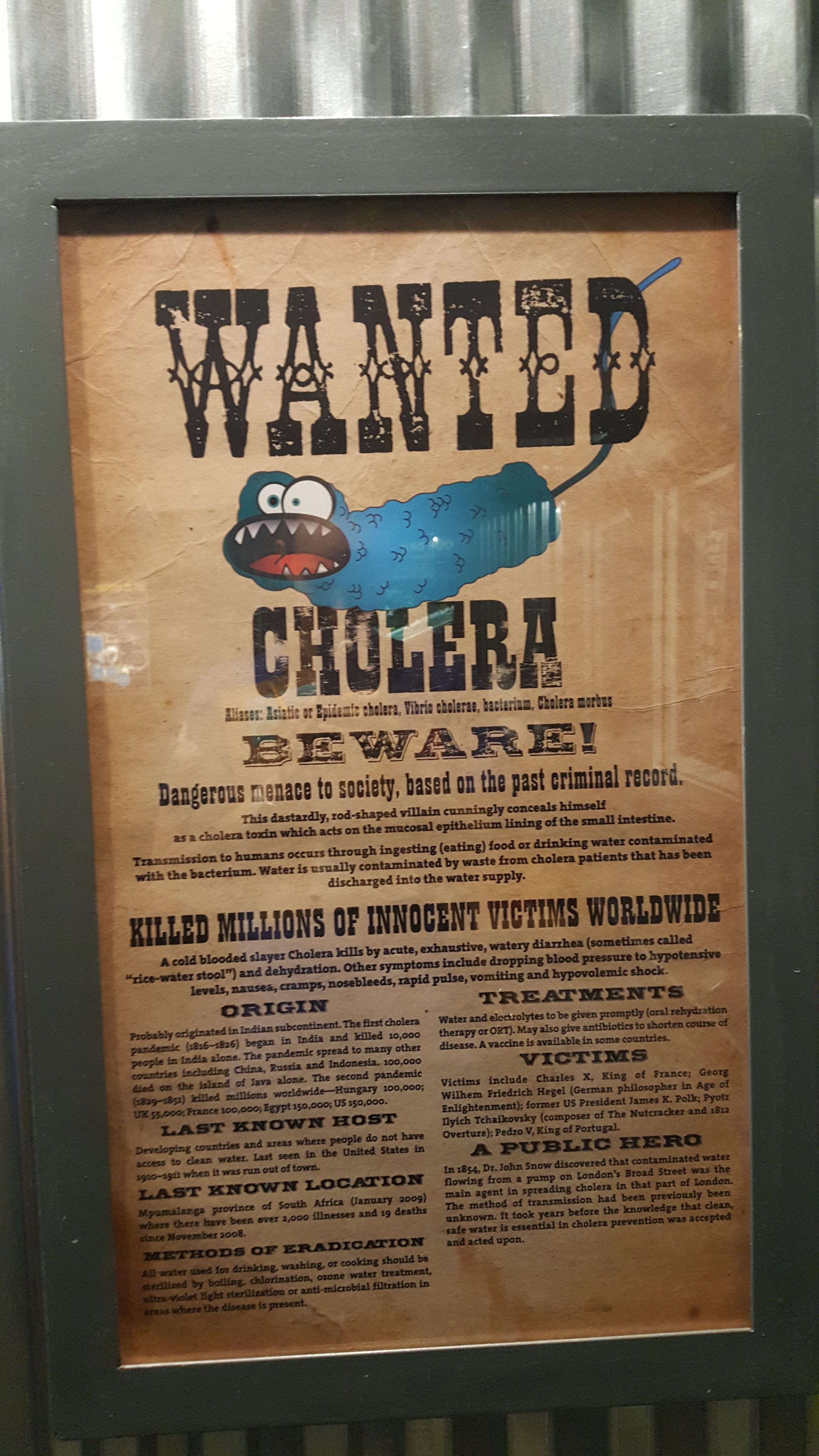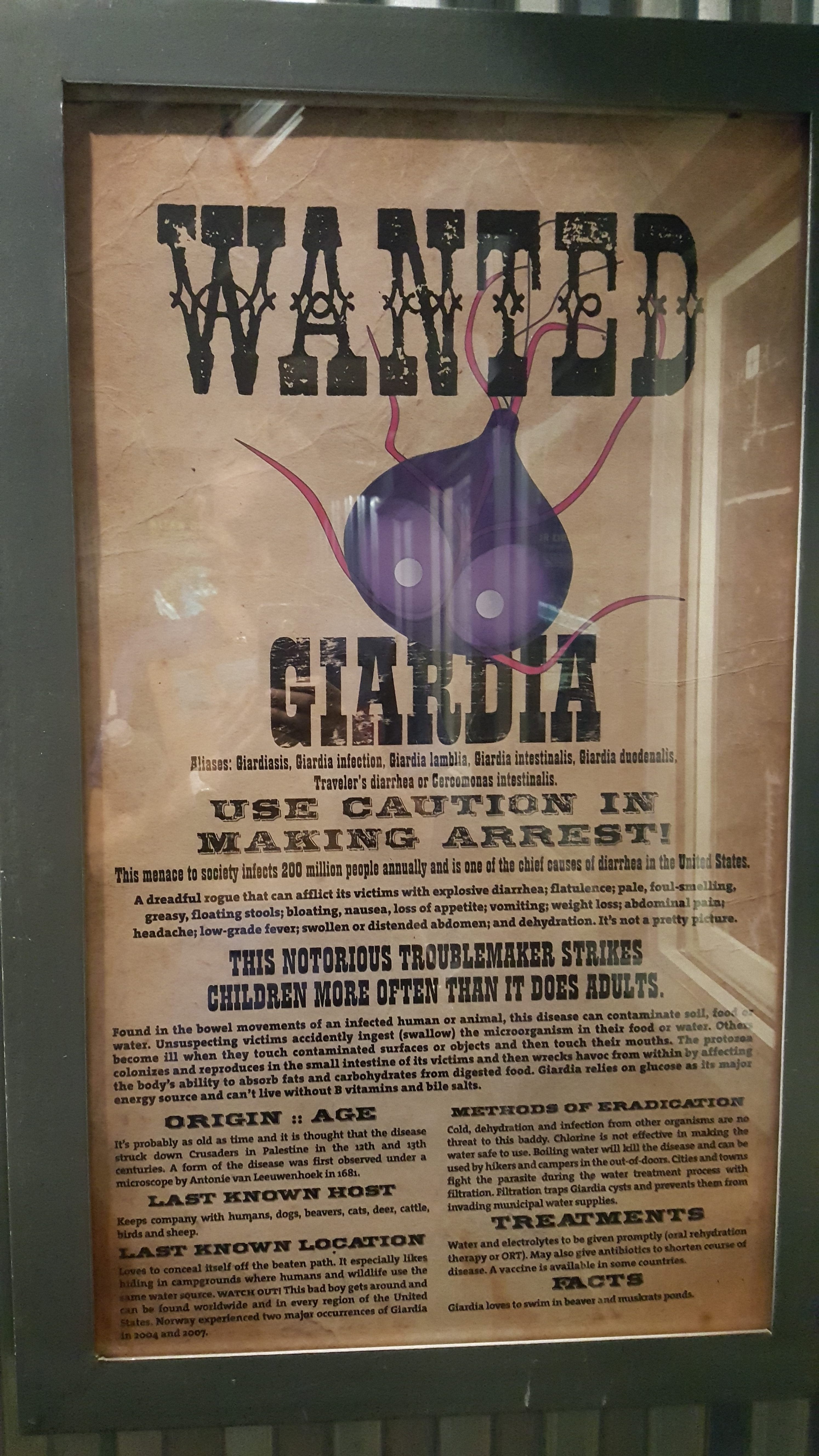I began my research experience in the Alvarez lab last week, and I have already learned so many amazing things about research, nanotechnology, and the future of medicine. In the Alvarez lab, we are conducting research to develop bacteriophages that can effectively disrupt the biofilms that form on membranes in water treatment plants. This research is positively fascinating to me, especially since it has the potential to have broad-reaching applications far beyond the original intent of improving water treatment. While I have certainly learned a lot about the scientific content relating to my research, my biggest takeaways this past week were that I gained:
- Confidence in my laboratory skills
- Creative ideas for a maker activity for my biology class
- Connections for my students & new considerations for my future
Confidence in my laboratory skills
On my second day in lab, my mentor introduced me to a multi-step protocol for measuring the effectiveness of the adsorption of viruses to their bacterial hosts. In reading the protocol on my own first, I felt a bit confused about a few parts but for the most part I felt excited to try something new. My mentor walked me through the procedure completely, and I was sure to take notes the whole time I was shadowing him. Once we reached the end, he turned to me and said, “Now that you know how to do it, why don’t you go teach your labmate so that he can know how to do it?” I felt my heart stop for a split second, uncertainty filling my brain. Then I chuckled to myself because I thought maybe he was kidding. Nope. He brings over my labmate and tells him that I will teach him how to do the protocol. The smile left over from my chuckle disappeared and I’m sure I looked white as a ghost. About one-hundred “what ifs” flooded my brain. What if I mess everything up? What if I ruin the experiment? What if I teach him incorrectly and then all of his subsequent experiments will be wasted? But all of the “what ifs” ended once I said to myself, “What if this means that he truly trusts you and believes in your ability to do it?” I held on to this thought, that my mentor must believe in me to give me this task, and I guided my labmate through the process. Were there still times that I needed to go over to my mentor to ask for clarification? Yes. Were there still times I felt uncertain? Of course. But I pushed through it and ultimately the experiment came out as a success. This experience truly helped me grow in my confidence in ways that wouldn’t have been possible had I not been given this chance. Anytime I feel uncertain or down on myself in the future, I know I can look back on this and think, “Laurel, if you could teach a lab protocol on your second day in lab, then you can do this.”
Creative Ideas for My Classroom
Since my blog post is already growing a bit long, I will save the details of my ideas for a future post; however, what I will say here is that I have loved reading the scientific literature from my lab and have already developed a few ideas for how I can use the concepts in my biology class. Since I am working with bacteria and viruses, there are clear applications to the viruses and bacteria unit. We can discuss how viruses infect cells using surface proteins that attach to cell receptors, and my mentor mentioned how I can use this as an opportunity to mention helpful viruses whenever we are discussing helpful vs harmful bacteria. Yet, the ideas that I am most excited about are the ones that model natural selection. In my lab, there are a couple clear instances of this. First, when preparing the magnetic nanoparticles, they isolate the most magnetic ones by exposing the solution to a magnet and removing all of the particles that stay suspended in solution rather than moving towards the magnet. After a couple rounds of washing the particles in this way, you will be left with only the most magnetic of the particles. Second, and perhaps most interesting in my opinion, my lab isolates polyvalent phages (viruses that can infect multiple strains of bacteria) through a process similar to natural selection. By sequentially exposing the phages to different hosts, you are ultimately left with only the phages that have the ability to infect all of the hosts. I will go into more detail about how I will model this in a future post.
Connections & New Considerations
My mentor has been truly amazing in helping me learn more about this research, and one of the ways he has helped me was by inviting me to a symposium on Friday. This symposium was not about water, but about combatting antibiotic resistant organisms in the gut, specifically C. diff bacteria. I am a huge nerd, so I absolutely love museums and conferences and symposiums of any kind, and this one was especially important to me as my grandfather passed away following complications with a C. diff bacterial infection. All of the talks were fascinating and exposed me to a wide variety of perspectives on the topic from pharmaceuticals in development to the biochemistry of antibiotic resistance to bioinformatics being used to predict how an individual’s gut microbiome may respond to certain antibiotics. While at this conference, I had the pleasure of meeting many fascinating and intelligent people whom I learned from. A couple of these people even offered to look into the possibility of visiting my school or having some of my students conduct research with them. I am really excited to see where these connections lead for my students. Additionally, this experience as a whole has made me consider perhaps earning a masters in biology sometime in the future. I had truly forgotten how much I love learning about science and conducting scientific research myself. I am looking forward to continuing to learn more this summer, and I will be sure to update you more on my lesson plan in the next post.
Thank you for reading!











